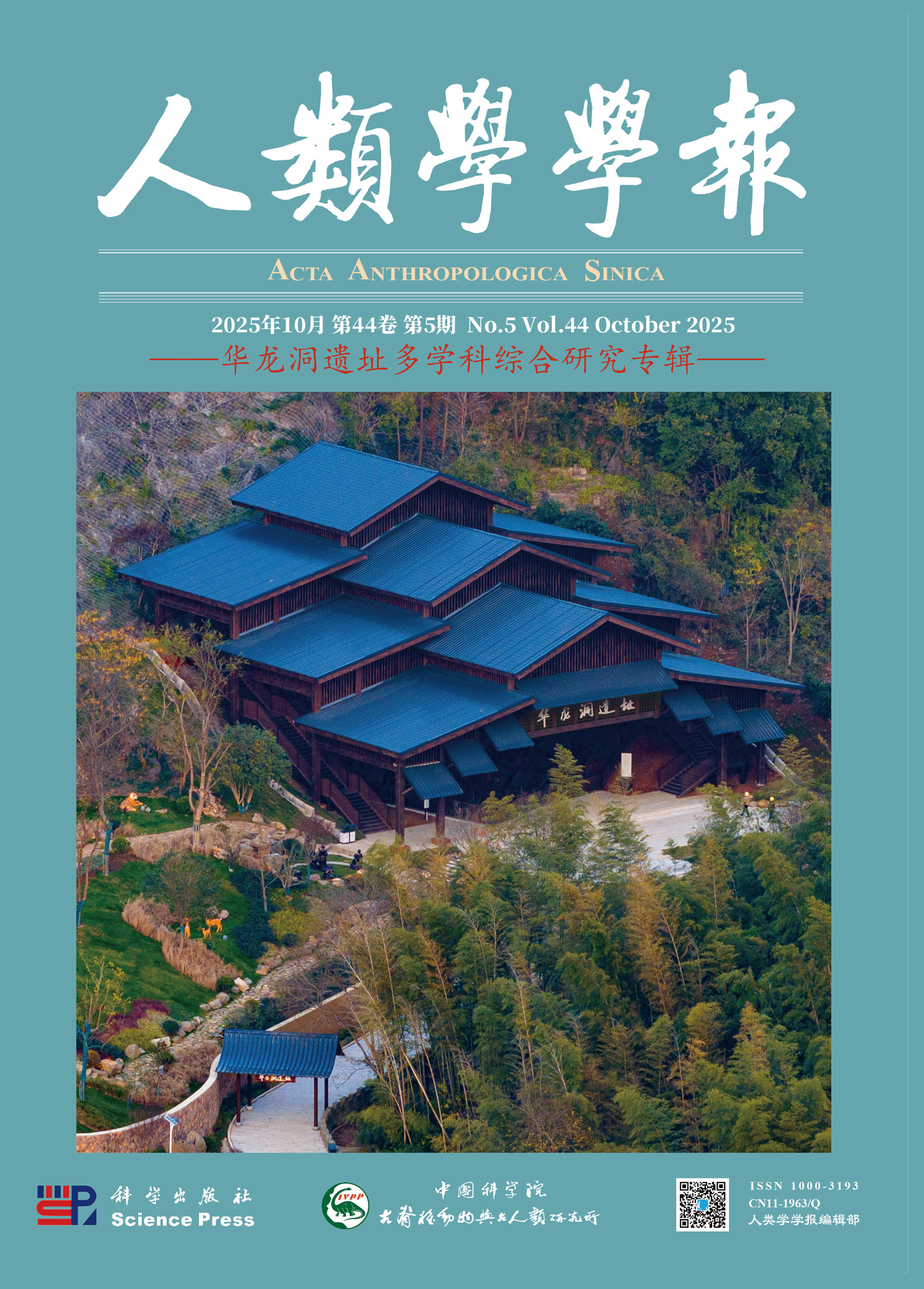Preliminary exploration of the typology and technology of microcore in China——also of the culture relationship between northeast Asia and northwestern north America
Chen Chun
1983, 2(04):
331-408.
 Asbtract
(
496 )
Asbtract
(
496 )
 PDF (1552KB)
(
383
)
Related Articles |
Metrics
PDF (1552KB)
(
383
)
Related Articles |
Metrics
The microcores of 10 microlithic sites in China were chosen to make comprehensive comparison in their typology and technology in the paper. The sites are Xiachuan in Shanxi, Hudouliang in Hebei, Lingjing in Henan, Shayuan in Shaanxi, Hailar, Yingen and Zalainor in Inner-Mongolia, Xijiaoshan in Guangtong, Yuanmou in Yunnan and Nielamu in Tibet. The microcores of these sites can be divided into 6 types: wedge-shaped, conical, semi-coni_x001F_cal, cylindrical, boat-shaped and funnel-shaped, while wedge-shaped cores can be subdivided into two forms: broad and narrow ones.
Wedge-shaped core: The specimens of Xiachuan and Lingjing are small in size, and rough and crude in formation. They are delicate in shape and varied in size and platform formation in Hudouliang. In Yingen and Zalainor, the types became monotonous, and the techniques were simple, but more skilled and practical.
Conical core: The shape and technology remained stable from early to late period, but they became larger, different in size and delicate in technique.
Semi-conical core: It is a special kind of microcore, and can also be regarded as a tabu�lar core. They are many in Xiachuan, and became larger in Yingen and other sites of later period.
Cylindrical core: It was not plentiful in the early period, and became larger in the later, It was not so easy to maintain microblade detachment from two ends and would turn to conical core, if working only from one end.
Boat-shaped core: Plentiful in Xiachuan site, small size in Hudouliang site, but was mi�ssing in later period.
Funnel-shaped core: Very few in number. The fluted surface is irregular in Xiachuan, and some of Zalainor are very delicate.
Judging from the typology and the technology, we can see that the microcores of China show considerable consistency in tradition and uniformity in their distribution of spans of time and space.
Among them, wedge-shaped and conical cores are the two commonest and most typi�cal and can be found in most mocrolithic localities. The microlithic of China can be regarded as belonging to the same tradition.
Comparing with the microcores found in Mongolia, eastern Siberia, Korea, Japan and North America, we can see that they are similar to those of China in typology and techno�logy. The microcores in Mongolia and eastern Siberia are somewhat similar to those of In- ner-Mongolia and Northeast China, and the microcores in Korea and Japan are similar to those of Shanxi, Hebei in North China. It may reflect different distributions of some techno�logical groups.
In the microlithic sites of China, wedge-shaped and conical cores show their coexistence as well as independence. Conical core retains a dominant position in Xiachuan, Yingen and Zalainor, but is very few or even missing in Hailar and Hudouliang. Such a phenomenon is more obvious in the areas around China.
The earliest microlithic site so far discovered in China is Xiachuan, the absolute age is 23,900 ± 1000—16,400 ± 900 B. P;, but it is not the initial stage of microlithic develop�ment. The dates of microlithic localities in the areas around China would not surpass the date of Xiachuan. We believe the microlithic in Northeast Asia artel Northwestern North America had close relationship of their origins with that of China.









